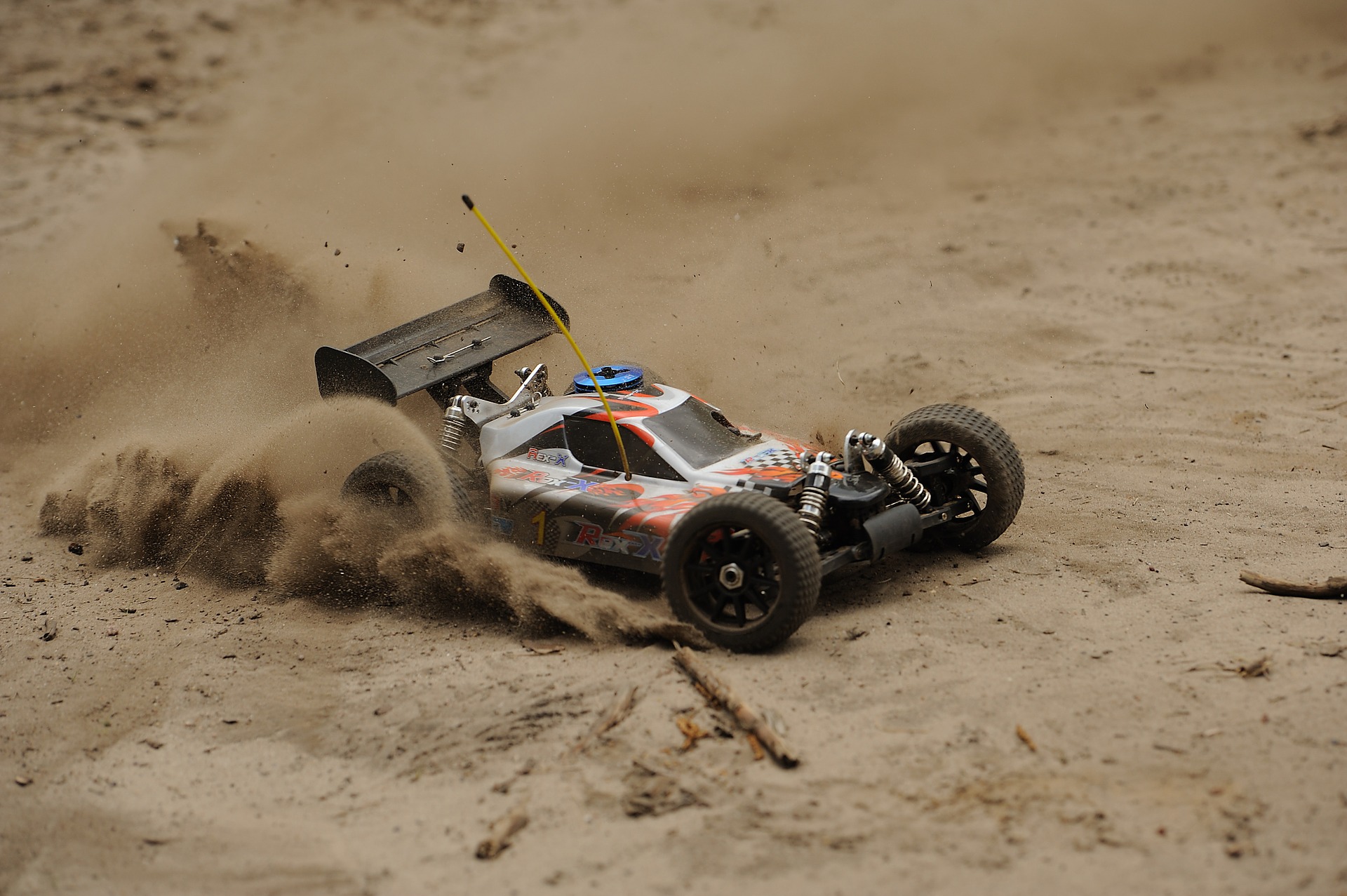
DC motor controller
Remote controlled cars are every kid’s dream toy. Well, some adults too still derive pleasure toying around with them, you can never outgrow then really. The ability to rapidly accelerate, decelerate, make crazy turns and in some instances flips, is what makes these toys worthwhile. At the heart of all these controls is the DC motor controller.
A DC motor controller is a device that acts as an intermediary between the motor, microcontroller, and batteries. There are three types of motors;
Brushed DC motor controllers
First pick on the control method you need (R/C, Serial, Analog Voltage, Multiple, PWM) and then
-
Servo motor controllers
When choosing a brushed DC motor, you will need to consider the number of connections, the total power output, and peak voltage.
-
Stepper motor controllers
When picking a stepper motor, you choose between a unipolar and bipolar. Also, consider the input voltage and maximum current.
Uses of DC motor controllers
-
Motor protection
DC motor controllers offer short circuit, current limit, thermal overvoltage and under voltage, voltage transient protection. If not protected against these threats, the motor could suffer permanent electrical or mechanical damages.
-
Speed control
DC motors lose speed when they are loaded and increase their speed when they are unloaded. For applications where constant speed is required and the load is unknown of fluctuates, a controller will be required. Such applications include conveyor fans, pumps, belts, grinding tools or cam. In cam application, particularly, the motor operates as a motor in the first half cycle and as a generator in the other half. Dynamic breaking control is required to ensure that the motor remains under control even at constant speed hence the need for a controller to help it with the varying load while maintaining the motor at a constant speed. The controller varies the voltage to compensate for the variation in load.
The power curve in fan and pump applications follows the “square” in the sense that an incremental increase in speed results in the power increase to the second power. In such applications, a speed controller is required to lower the motor speed instead of constricting the flow from the pump or fan while the motor is operating at full speed. This way, the power consumed is reduced tremendously.
Torque control
The torque produced by a motor is directly proportional to the current fed. Control of the current translates to direct control of the torque delivered by the motor. If the current is not controlled the motor will draw so much of it leading to delivery of excess torque than is mechanically viable leading failure. The failure can be a burn out resulting from stalling the motor for example when the mechanics are jammed. In such a scenario unless the current is reduced, the motor will pull the stalled current leading to thermal failure.
DC speed motor controllers are readily available in electronic stores, but you could as well build your own (not advisable if you are not a skilled technician). If you are a designer, now you know when and where to incorporate DC controllers. Better still, as a parent now you can appreciate the role it plays in your kid’s toy as he revs up his toy Jeep.






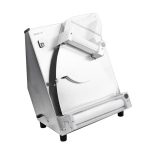
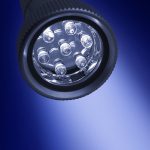

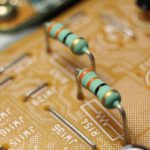
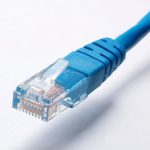
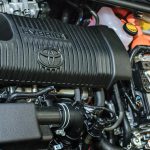
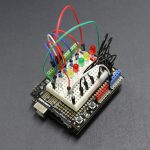


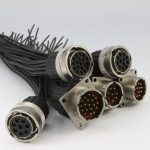

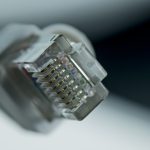




1 Comment